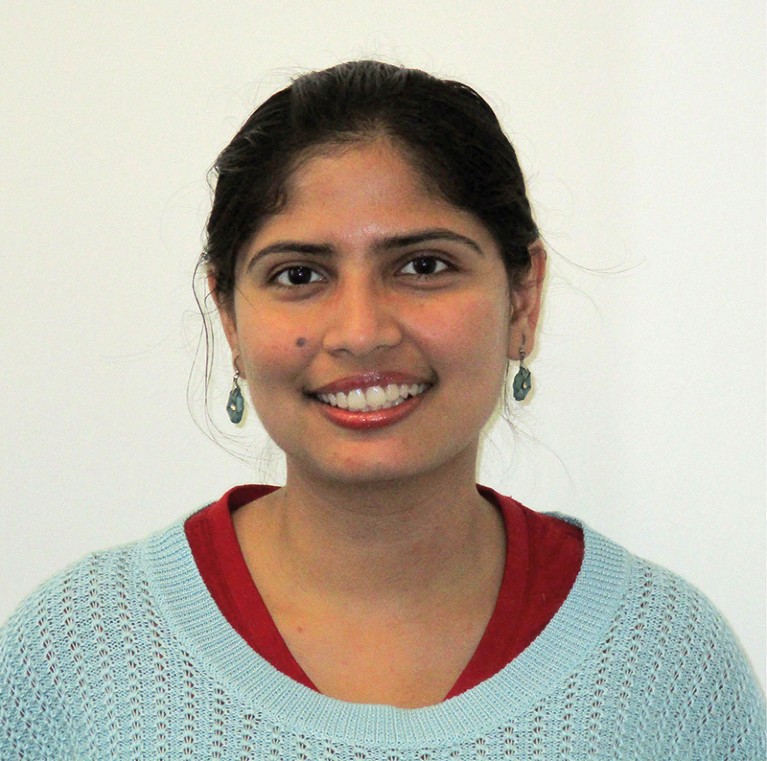
Arunima ChaudhuriCredit: Susan McMahon/Yale School of Medicine
Arunima Chaudhuri is a postdoc at Yale University in New Haven, Connecticut, where she studies membrane fusion using microscopy. Here, she talks about the need for interdisciplinarity in her work, the importance of being flexible, and what it takes to make it in the job market.
What do you work on?
Super-resolution microscopy. It’s a way of observing subcellular components in their natural state. I study proteins, such as synaptotagmin-1, that are part of the membrane fusion machinery. Synaptotagmin-1’s basic function was discovered in the 1990s through experiments in mice with the protein ‘knocked out’. But the current view is that deleting a protein and looking for changes doesn’t necessarily give you a holistic view of what the protein does. There’s redundancy built into biological systems. So, if you want to study the entirety of what a protein does, you need different approaches — such as detailed structural observations from living cells.
What’s a typical day in the lab like?
I basically spend the whole day talking to people, because I work with so many different kinds of expert. I use a custom-built microscope, so I rely on physicists to tune it. I need chemists to make fluorescent molecules able to tag the protein that I’m studying, and programmers to handle the enormous amounts of data my project generates. If something doesn’t work, I have to go back to these people, talk it through and try something else.
How did you come across your postdoctoral programme, and what’s next for you?
I’ve switched around a lot academically — I studied human physiology, then marine biotechnology and then, finally, did a PhD in membrane biology. But I really worked on my CV as a graduate student: I published papers and did presentations to enable me to aim for the big labs. I also received a Fulbright fellowship, which meant that I brought a postdoc stipend with me for two years — that helps! I’d like to make it in academia, to get my own lab and faculty position. So, in a few years, I see myself applying absolutely anywhere on Earth — wherever I can really use my skill set.

 Blood boosts bids to unpick membrane science
Blood boosts bids to unpick membrane science
 The revolution will not be crystallized: a new method sweeps through structural biology
The revolution will not be crystallized: a new method sweeps through structural biology
 Science stars of China
Science stars of China
 Cryo-electron microscopy wins chemistry Nobel
Cryo-electron microscopy wins chemistry Nobel





